Can this bed be fixed?
tam18420
13 years ago
Related Stories
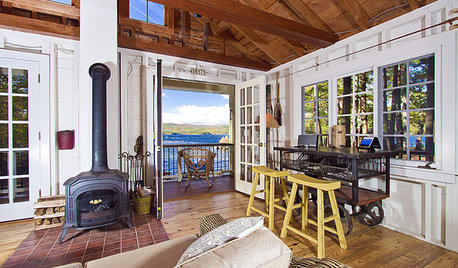
DECORATING GUIDESA Designer Shares His Go-To Decorating Fix
See what makes his choice the most versatile piece of furniture you can own
Full Story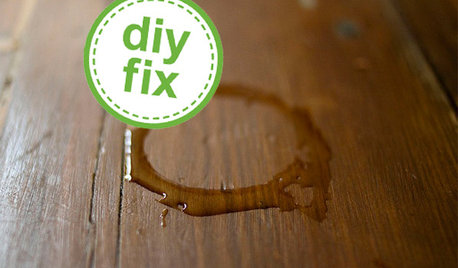
DECORATING GUIDESQuick Fix: Erase Water Rings from Furniture
A few household items can quickly rejuvenate tarnished wood tabletops
Full Story
GARDENING GUIDESHow to Fix Bare and Yellow Lawn Spots
Restore your turf’s good looks by reseeding unsightly patches
Full Story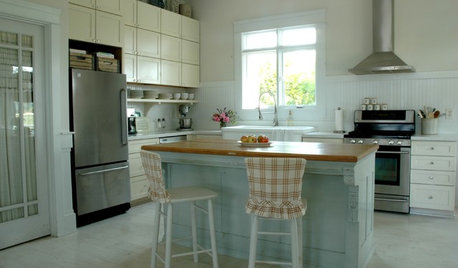
KITCHEN DESIGN6 Kitchen Fixes for Nomads
Renting? Some Affordable Ways to Make That Kitchen Feel Like Your Own
Full Story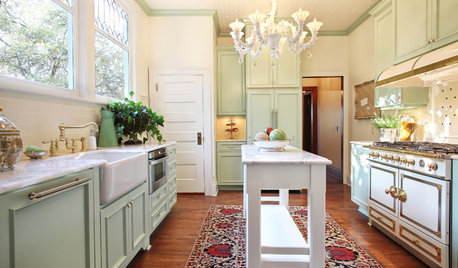
KITCHEN DESIGNKitchen Design Fix: How to Fit an Island Into a Small Kitchen
Maximize your cooking prep area and storage even if your kitchen isn't huge with an island sized and styled to fit
Full Story
LIFEHouzz Call: Show Us Your Nutty Home Fixes
If you've masterminded a solution — silly or ingenious — to a home issue, we want to know
Full Story
SELLING YOUR HOUSEFix It or Not? What to Know When Prepping Your Home for Sale
Find out whether a repair is worth making before you put your house on the market
Full Story
HOUSEKEEPINGWhat's That Sound? 9 Home Noises and How to Fix Them
Bumps and thumps might be driving you crazy, but they also might mean big trouble. We give you the lowdown and which pro to call for help
Full Story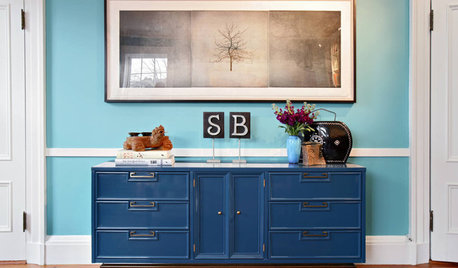
BOLD COLORInstant Fix: Refresh Your Furniture With Some Punchy Paint
Give old furniture new life with a bold color, pattern or idyllic scene
Full Story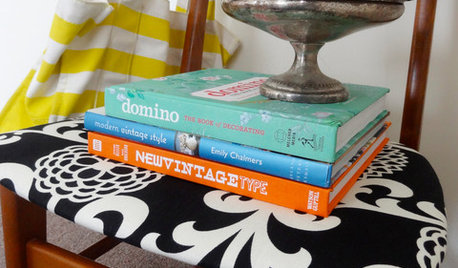
DECORATING PROJECTSQuick Fix: Reupholster a Chair Seat
Take a chair from drab to fab, no sewing or special skills required, in just a few simple steps
Full StorySponsored
Leading Interior Designers in Columbus, Ohio & Ponte Vedra, Florida
More Discussions






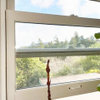


aidan_m
someone2010
Related Professionals
Bonita Cabinets & Cabinetry · Holliston Carpenters · Tacoma Carpenters · Albuquerque Flooring Contractors · Campbell Flooring Contractors · Fairfax Flooring Contractors · Hazleton Flooring Contractors · New Bern Flooring Contractors · Oswego Flooring Contractors · Saint Louis Park Flooring Contractors · Thibodaux Flooring Contractors · La Mirada Furniture & Accessories · Murray Furniture & Accessories · Robbinsdale Furniture & Accessories · North Bellmore Furniture & Accessoriestam18420Original Author
werefinish.com
someone2010
rjinga
someone2010
werefinish.com
werefinish.com
someone2010
werefinish.com
someone2010